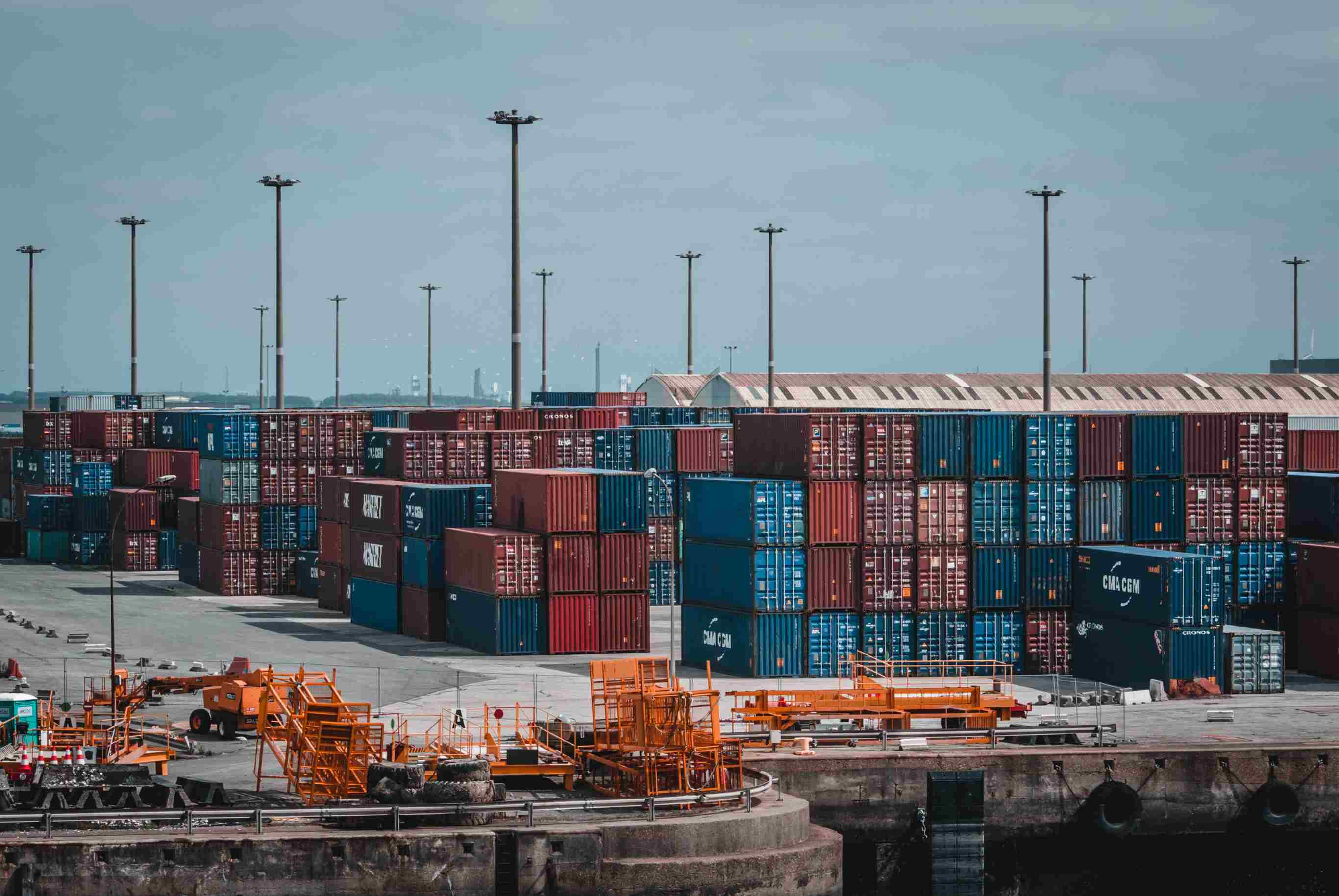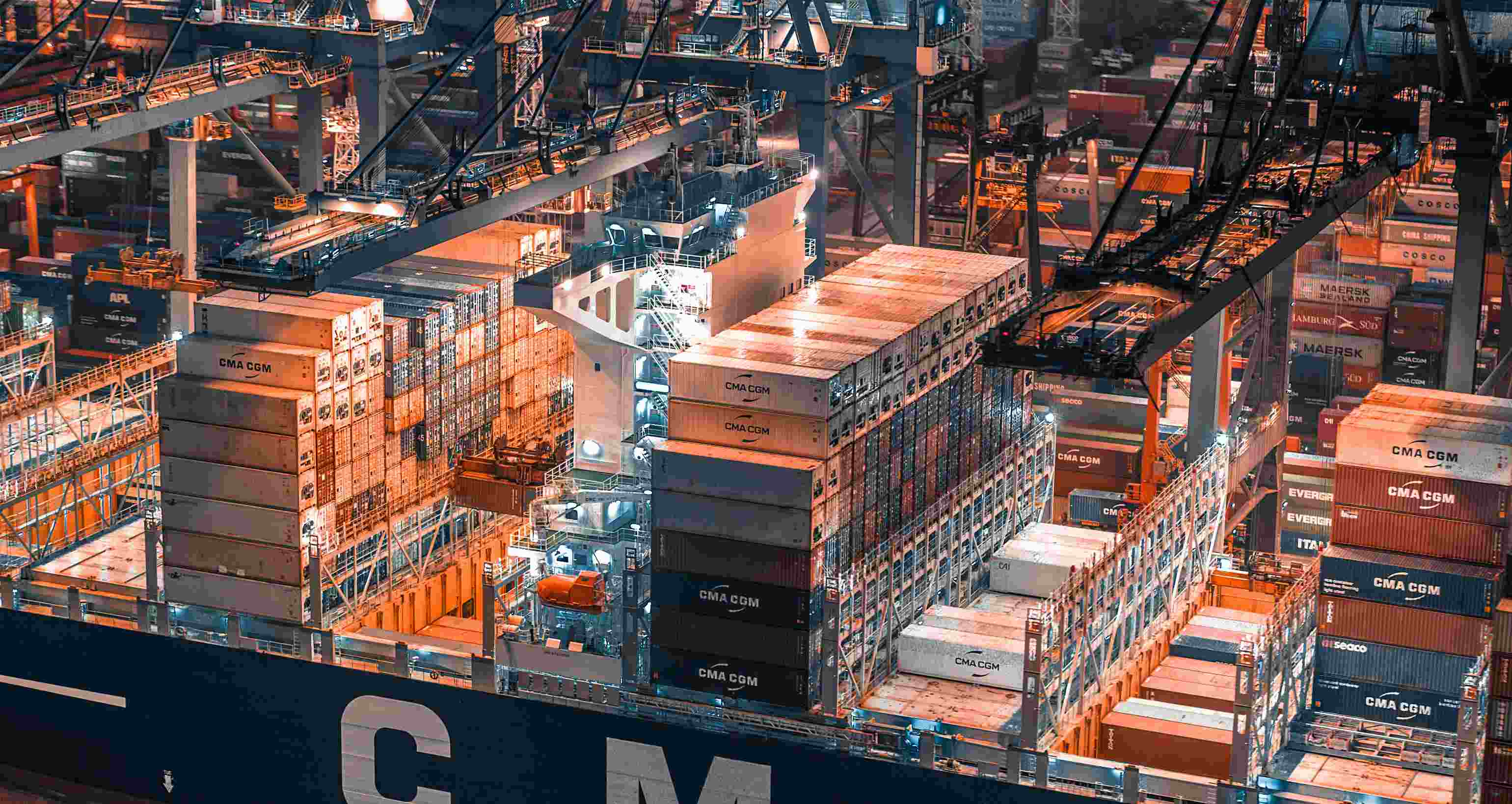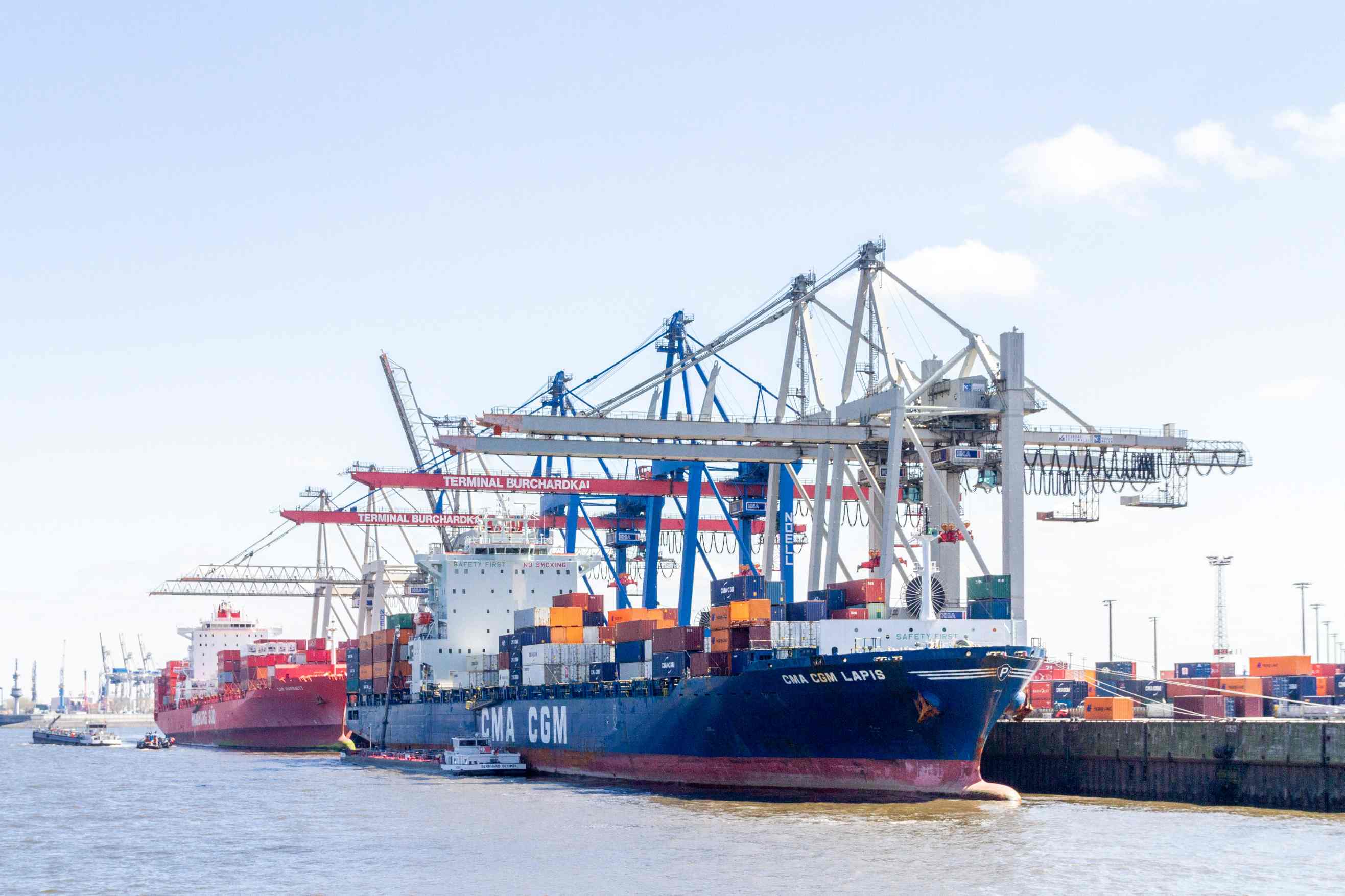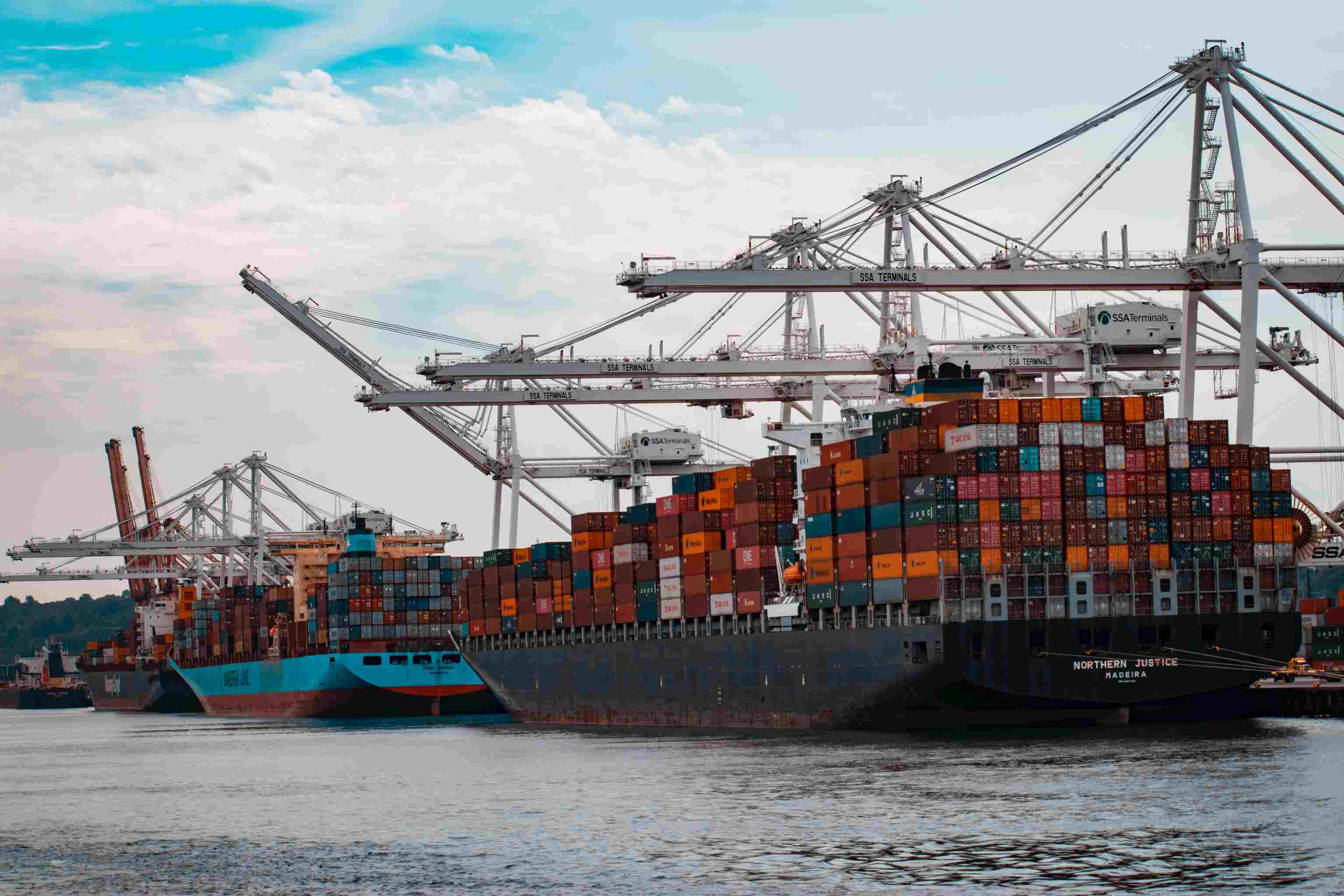RoutesNavigating Global Shipping Routes: Key Ocean Trade Lanes and Container Transport Paths
Shipping is the backbone of the global economy, with around 90% of international trade being transported by sea. Major shipping routes connect countries and continents, enabling the movement of goods and resources across the world. Understanding these routes is essential for businesses and policymakers to make informed decisions about trade and logistics.
China's Major Shipping Routes
As the world's largest exporter, China has developed an extensive network of shipping routes to transport its goods across the world. The country's "One Belt, One Road" initiative has further expanded its reach, with new ports and shipping lanes being developed across Asia, Europe, and Africa. The main shipping routes from China include:
- The Pacific Route - This crucial trade lane connects China’s export hubs with North and South America, primarily handling electronics, machinery, and consumer goods. Key ports include Shanghai, Los Angeles, Vancouver, and Panama City, forming a core corridor in the Transpacific Trade Lane.
- The Indian Ocean Route - This route connects China to the Middle East and Africa, with major ports in Dubai, Port Said, and Djibouti.
- The Southeast Asia Route - This route connects China to countries in Southeast Asia, with major ports in Singapore, Port Klang, and Ho Chi Minh City.
Global Container Transport Routes
The Container Shipping Route is one of the most important shipping routes in the world. Container ships carry around 90% of the world's goods, with over 20 million containers being transported each year. The main container shipping routes include:
- Transpacific Route - This route connects Asia to North America, with major ports in Shanghai, Los Angeles, and Long Beach.
- Transatlantic Route - This route connects Europe to North America, with major ports in Rotterdam, Hamburg, and New York.
- Europe to Asia Route - This route connects Europe to Asia, with major ports in Rotterdam, Hamburg, and Shanghai.
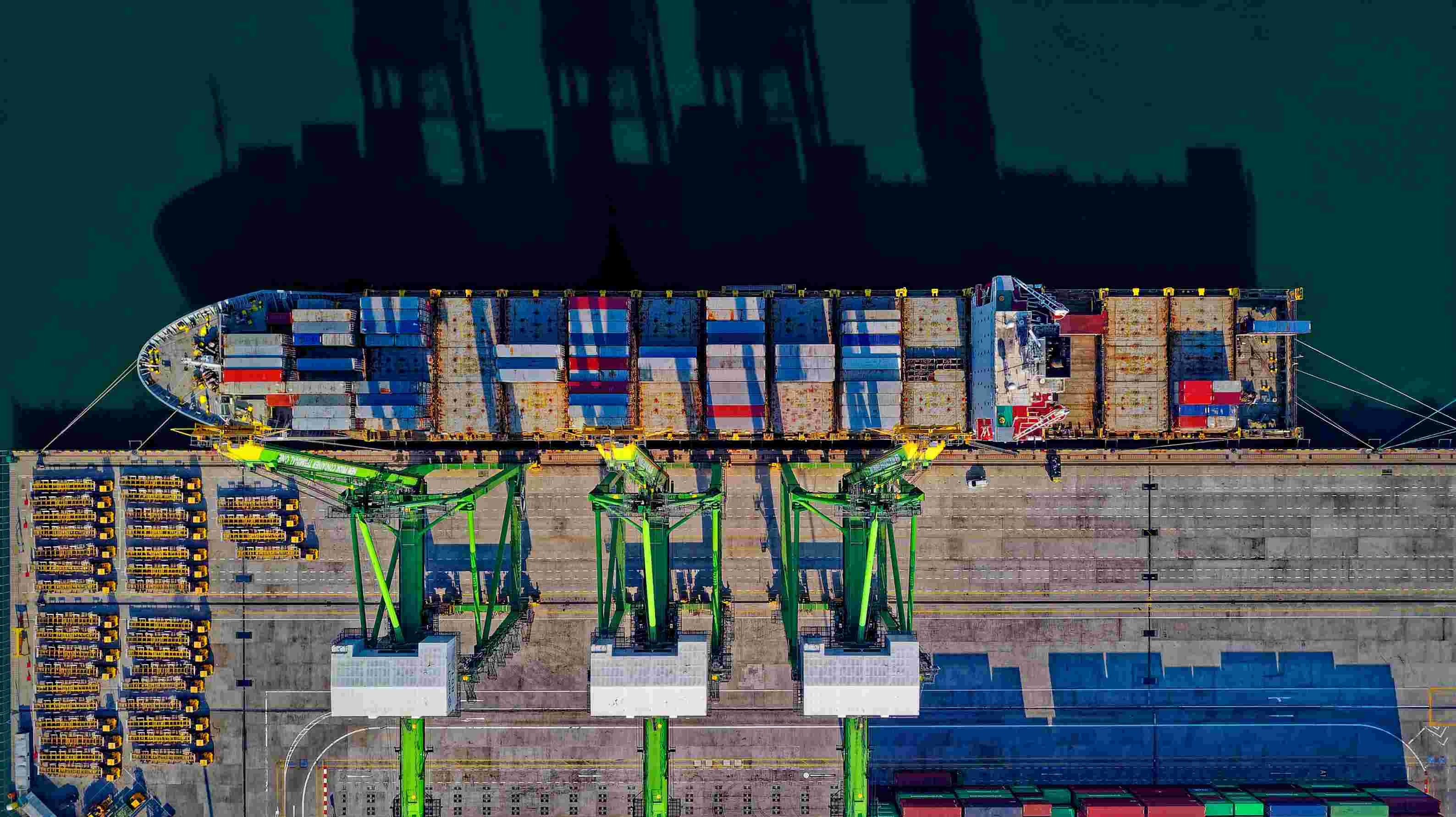
Global Ocean Trade Routes
The Ocean Trade Routes is the route that ships take across the ocean to transport goods and resources. The most commonly used ocean routes include:
- The North Atlantic Route - This route connects North America to Europe, with major ports in New York, Rotterdam, and Hamburg.
- The South Atlantic Route - This route connects South America to Africa and Europe, with major ports in Rio de Janeiro, Cape Town, and Rotterdam.
- The Indian Ocean Route - This route connects Asia to Africa and Europe, with major ports in Dubai, Port Said, and Rotterdam.
Key Maritime Chokepoints
Global Maritime Trade Routes are constantly evolving as new ports are developed and shipping lanes are optimized for efficiency. However, some of the most important global maritime trade routes include:
- The Suez Canal - A critical chokepoint in global trade, the Suez Canal links the Mediterranean Sea with the Red Sea, reducing shipping time between Europe and Asia by approximately 7,000 kilometers. Around 12% of global trade passes through this canal annually, making it highly sensitive to geopolitical events or disruptions.
- The Panama Canal - This canal connects the Atlantic and Pacific Oceans, providing a vital shortcut for ships traveling between North and South America.
- The Strait of Malacca - This strait connects the Indian Ocean to the Pacific Ocean and is one of the busiest shipping lanes in the world.
FAQ of container vessel routes
Q: What are the most efficient shipping routes for Asia–Europe or Asia–America trade?
A: Major shipping routes are the routes that ships take across the ocean to transport goods and resources. They connect countries and continents, enabling the movement of goods and resources across the world.
Q: How does China's Belt and Road Initiative impact global shipping logistics?
A: The "One Belt, One Road" initiative is a development strategy launched by the Chinese government in 2013, with the aim of expanding China's influence across Asia, Europe, and Africa through the development of new ports, shipping lanes, and infrastructure.
Q: How does container volume affect global freight rates?
A: Over 20 million containers are transported by container ships each year, carrying around 90% of the world's goods.
Q: How can global route maps help reduce supply chain risks?
A: The world sea route map is a valuable tool for businesses and policymakers to understand the complex network of shipping routes that connect the world. The map shows the major shipping routes and ports around the world, enabling users to plan and optimize their shipping and logistics operations.
Q: Which ocean routes face the most delays due to congestion or weather?
A: The most important ocean routes for shipping include the North Atlantic Route, the South Atlantic Route, the Pacific Route, and the Indian Ocean Route. These routes are crucial for global trade and connect major ports in different parts of the world.
Conclusion: Why Global Shipping Routes Matter to Your Business
Understanding major shipping routes is crucial for optimizing supply chain efficiency, reducing freight costs, and managing geopolitical risks. From China’s Belt and Road expansions to traditional ocean trade lanes, these routes shape how goods move globally.
For businesses, staying updated on route trends, congestion risks, and new infrastructure developments offers competitive advantages in logistics planning and risk mitigation.
